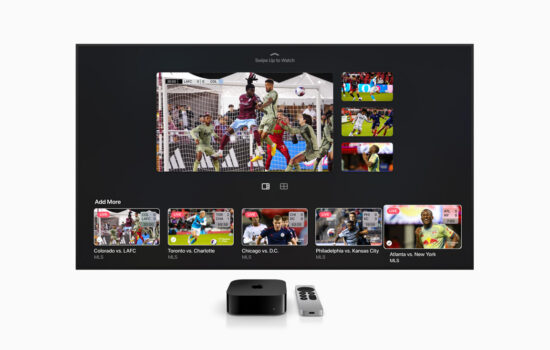Up until a few years back, most family members had their separate mobile plan. Mom had one with a major plan. Dad used something else. The kids were on prepaid. It kind of worked. But it also meant juggling different bills, data limits, and customer service.
Now that’s changing. Instead of getting multiple phone plans, more and more families are choosing to share one data plan instead. This simple shift is helping people cut costs, reduce technical stress, and make sure everyone in the family stays connected, irrespective of whether they live in the same home or not.
Here’s why shared mobile plans are working and why you should also make the switch.
Why Families Are Switching
-
Tariffs Are Getting Out of Control
For a family of 4, if you are paying $50 per person every month, it adds up to $200 monthly. And that’s not counting taxes or any other charges. With a shared data plan, many families now spend $100-$150 total with the same amount of coverage and fewer billing headaches.
-
Data Usage is Uneven
In most families, one or two people use a lot of data, and others hardly use any. Grandma might just use her phone for WhatsApp, and the 10-year-old watches cartoons all day.
With a shared data pool, everyone pulls from the same amount of data each time. No more paying for unused data or running out early.
-
Managing One Plan Is Easier than Many
Instead of logging into four different apps or websites to pay bills, check usage, or update information, you can manage everything in one place. One bill. One set of payment reminders. That’s one less stress for parents when they are already managing work, school, and home.
How Shared Mobile Plans Actually Work
A shared mobile plan is when multiple phone lines all pull from the same data pool. Everyone still has their own numbers. But instead of each line having its own separate data limit and bill, the group shares one plan.
Who Pays?
This depends on the setup. Usually, one person handles the full bill. In other setups, friends or roommates can split the bill too, using different apps.
Coverage and Speed
Most shared plans use the same network as individual plans, so your speed and coverage are the same.

How to Choose the Right Shared Mobile Plan for Your Family
There are plenty of shared plans out there, but not all of them are made equally. If you want to avoid overpaying or dealing with confusing rules, here are a few important things to check:
- Find out how many connections you need. Some shared plans start with two lines, but the best savings often kick in with three or more connections. Many providers allow up to 5 or even 10 connections per account.
- Make sure you are getting one shared pool of data for everyone and not separate limits. Shared data lets you manage usage more flexibly.
- If you ever go over your data limit, some carriers slow your speed. Others charge extra. Choose one with clear rules and low-cost top-up options.
- Watch out for activation fees, SIM card charges, or hidden taxes. Transparent pricing matters, especially when multiple connections are involved.
Features in a Shared Plan
If you are comparing mobile plans for your family, focus on what will actually make your life easier.
App-Based Controls
In many shared plans, you can check usage, pause a connection, or set alerts on your phone.
Wi-Fi Calling
This option allows you to make calls even in areas with a weak signal and lets kids or parents use their phone as a hotspot when needed.
Bundling Options
Some carriers offer discounts when you bundle your mobile phone with home internet. If your family is already using their Wi-Fi, this could be a smart way to save even more.
Conclusion
Families are connected in more ways than ever. By switching to a data plan, families can lower their bills, simplify their tech lives, and still stay online. Whether you are a parent managing kids, a group of siblings, or friends living together, shared plans just make sense. With the right setup, you don’t just save money; you save time and energy, as well as the frustration of juggling too many accounts.







